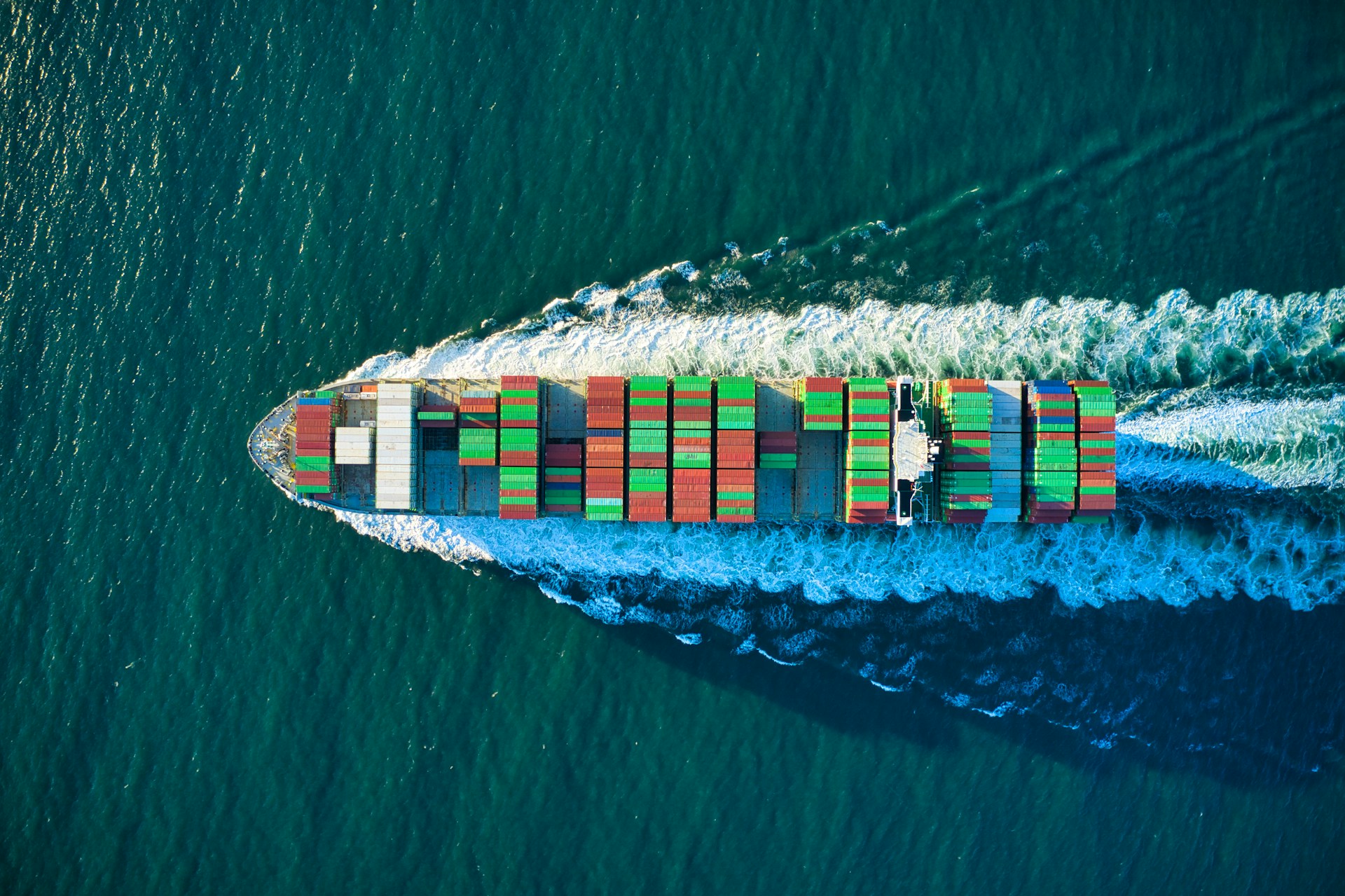Your Container Has Left the Port. So Why Are You Still Waiting to Get Paid?

Every time your goods leave the factory, your cash should start moving.
But for many exporters across Asia, containers are shipped, invoices are issued, and then… silence.
No payment. No update. Just a long wait while your capital sits frozen somewhere between your buyer’s inbox and their next finance run.
This isn’t just frustrating. It’s dangerous.
The cash flow lag between shipment and payment is quietly choking thousands of small and mid-sized exporters. Some are shrinking their operations. Some are refusing new orders they can’t afford to fulfil. And others are collapsing under the weight of delays they never planned for.
This is the silent trap slowing down Asia’s export engine.
The invisible cost of long payment terms
Let’s keep it simple.
You export USD 100,000 worth of goods. Your buyer pays in 90 days. Meanwhile, you pay for materials, production, freight, and wages — all upfront.
Now imagine repeating this across five orders in a month. That is half a million dollars locked up while your bank balance drops and your costs rise.
Across Southeast Asia, this is the daily reality for tens of thousands of businesses. It is not just about risk. It is about survival.
The Asian Development Bank reports a $2.5 trillion trade finance gap globally, much of it from businesses unable to secure financing to cover this exact problem. In 2023, over 50 percent of SMEs in Indonesia, Malaysia, Thailand, and Vietnam said their biggest financing challenge was covering supplier payments before receiving customer payments. In short, they’re paying out before money comes in and they are out of options.
Your buyers are stable. Your orders are solid. So why the cash crunch?
Because the system is not built for you. It is built for your buyer.
Large buyers in Europe or the US often demand 60 to 120 day payment terms. They do it to protect their own cash flow. Their finance team might not even consider how that affects you.
But for exporters in Bangladesh, Vietnam, India, or Malaysia, it causes real damage. You are carrying the risk. You are bearing the cost. You are financing their business while struggling to keep yours alive.
And here’s what makes it worse: you did everything right. You delivered the goods. You fulfilled the order. You met every deadline.
Yet you’re the one left unpaid.
The real impact: what no one talks about
Delayed payments are not just an accounting issue. They bleed into everything.
They stop you from accepting new orders. They strain your relationships with suppliers. They force you to borrow at high rates or tap personal savings just to pay wages.
We’ve seen companies with full order books cut production by 40 percent because they couldn’t fund the next round of raw materials. We’ve seen exporters choose not to quote on larger deals because the payment timeline would bankrupt them.
This is how strong, profitable businesses shrink or disappear. Not from lack of demand. But from a lack of liquidity at the worst possible time.
So what’s the solution?
It is not more debt. And it is not more patience.
It is getting paid faster for the work you’ve already done.
This is where supply chain finance specifically receivables financing comes in.
You ship your goods. You issue your invoice. A financing partner advances you up to 90 percent of the invoice value within days. When the buyer pays, the balance is settled. No interest-heavy loans. No long paperwork cycles. Just faster access to the cash that is already yours.
This isn’t new in theory. But it is becoming urgent in practice.
Across Southeast Asia, the demand for invoice-based financing has grown sharply. In the last two years, fintech lenders and trade finance platforms have filled a growing space left by banks — offering faster, transaction-based financing to exporters who would otherwise be stuck.
And it is working. Exporters are using it to unlock working capital, pay their suppliers on time, and take on new orders without hesitation.
Proof that this works
Receivables financing is not new but it is becoming essential for exporters that want to grow without taking on unnecessary debt. It is already gaining traction across Asia’s trade hubs, where SMEs need faster access to capital tied directly to their shipments.
At Convergence Capital, we work with global funders who collectively manage more than USD 20 billion in available capital, specifically targeted at financing real-world trade. Our partners include institutions that understand the unique cash flow cycles of SMEs in Asia and are ready to move quickly when deals are live.
We do not underwrite based on perfect paperwork. We focus on what matters — your ability to trade, deliver, and grow.
This isn’t just a finance issue. It’s a trade issue.
Export-led growth depends on businesses having the confidence and capacity to accept orders, produce on time, and keep moving.
When cash is locked in transit, that entire chain slows down. Delays multiply. Risk rises. And the very SMEs that drive regional trade are left behind.
So if you are waiting 60, 90, or 120 days to get paid — it’s not a small inconvenience. It is a structural problem that deserves a structural fix.
You should not have to choose between paying your staff and accepting your next order.
You should not have to wait months to be paid for goods you’ve already delivered.
And you definitely should not be financing your buyer’s cash flow at your own expense.
If this sounds like your situation, it may be time to explore how receivables financing can help. Not a loan. Not a delay. Just a better way to unlock what’s already yours.
We help exporters across Asia bridge this gap. If you’re ready to move faster, send us a message. Let’s see if we can change the way your business gets paid.
Previous Post Next Post


